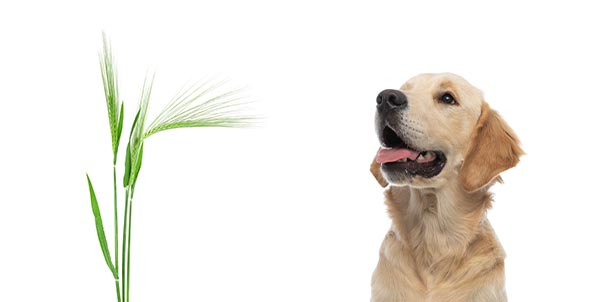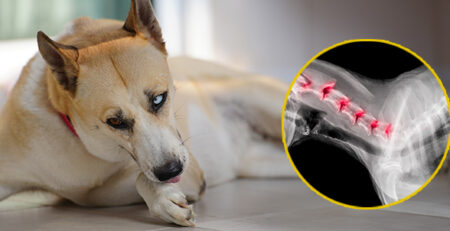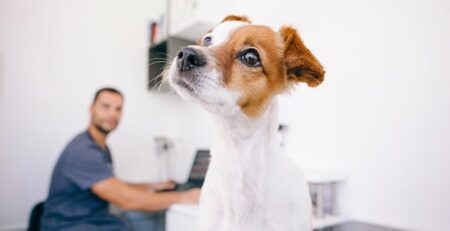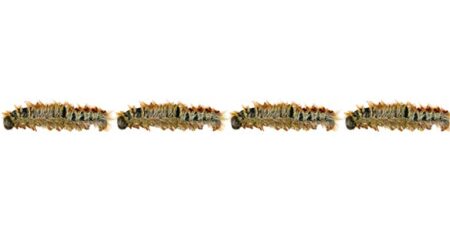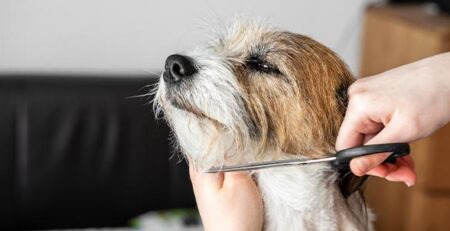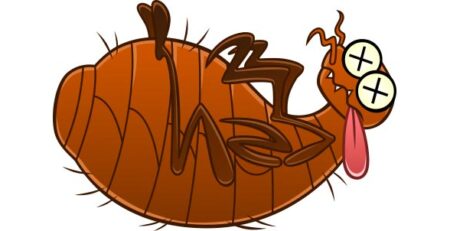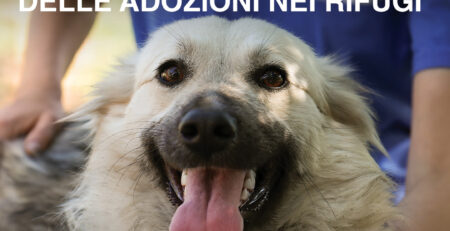Table of Contents
The phorasac punctures the dog’s skin but does not come out on its own: surgery is often required to remove it.
The hairpin has a lanceolate shape, characterized by very hard and pointed ends, and because of this characteristic, it can puncture any area of the animal’s body.
What makes phorasites insidious and extremely dangerous is their surface, which is covered with tiny retroflexed spines, perceptible only by touch and thanks to which they harpoon at anything that touches them: fabric, skin or hair.
Once penetrated through the epidermis, it is impossible for the phorasac to retrograde and escape.
Thus entangled, the forasacs relentlessly begin their journey from the hair to the skin precisely because of the animal’s own movements.
Penetration of the spikes occurs rapidly and causes persistent, sharp pain, leaving purulent fistulas in the dog and conveying dust and bacteria, which are responsible for serious infection and injury to internal organs.
SCAB IN THE DOG’S NOSE AND OTHER ENTRY AREAS
The parts of the dog’s body into which they most easily creep are:
- Interdigital spaces and plantar pads
- Ears
- Nose
- Eyes
The bores can penetrate anywhere, including through the orifices (eardrums, nostrils, vulva) on the body of the dog and cat.
WHAT SYMPTOMS REVEAL THE PRESENCE OF BORES?
The puncture wound is easily identified: the affected area will be characterized by redness, swelling and pus.
The animal appears in pain and starts licking the affected area repeatedly.
WHAT IF THE FORASACCO HITS A DOG’S PAW?
In the event that the bores penetrate through interdigital spaces and plantar pads, the dog or cat may begin to limp conspicuously.
If the infamous hairpin has not fully penetrated, try to pull it out with tweezers, taking care not to break it to prevent fragments or debris from remaining subcutaneously and causing annoying infections.
WHAT IF IT PENETRATES THROUGH THE DOG’S EARS INSTEAD?
If the animal repeatedly shakes its head or keeps it bowed, or scratches its ears, the phorasac has certainly penetrated from there.
Since it may go so far as to perforate the eardrum, any personal initiative is strongly discouraged: visit your veterinarian promptly.
WHAT IF THE DOG EATS A HAIRPIN OR INHALES IT?
If the animal sneezes frequently, the forasac may also have been inhaled.
If swallowed, it can even get into the stomach.
The animal is sometimes able to expel it through sneezing, but often the sneaky forasac creeps deeper, even reaching into the lungs, causing violent bouts of hemorrhagic coughing.
It is imperative that you see your veterinarian as soon as possible, who, through an ultrasound scan, will be able to pinpoint precisely where the phorasacus is located.
THE BORES CAN ALSO PENETRATE THROUGH EYES AND EYELIDS
In this case, the most obvious symptom is profuse tearing.
In addition to the risk of conjunctivitis and corneal perforation, a far more serious consequence could be BLINDNESS.
Don’t delay: run to your veterinarian immediately.
WHAT PRECAUTIONS TO TAKE?
While it is important to visit the veterinarian at the slightest suspicion of phorasic penetration, so is trying to reduce the likelihood of this happening.
To protect and safeguard your pet’s health, stick to a few simple rules:
- Avoid leading the dog, or letting the cat run around, in areas where grass is tall and ears of corn grow in abundance
- Regularly mow the grass in the garden and take steps to remove mowing
- Brush the animal thoroughly when returning from the walk, especially if it is a long-haired dog
- Always check interdigital, axillary, groin spaces
- Also examine the ears, mouth and nose
If you notice any abnormal behavior in your animal, consult us without delay and promptly.
The Staff Veterinary Doctors at La Veterinaria Clinic will perform a thorough checkup on your dog or cat and specific examinations for the location, removal of the forasacco, and treatment of any infection.

